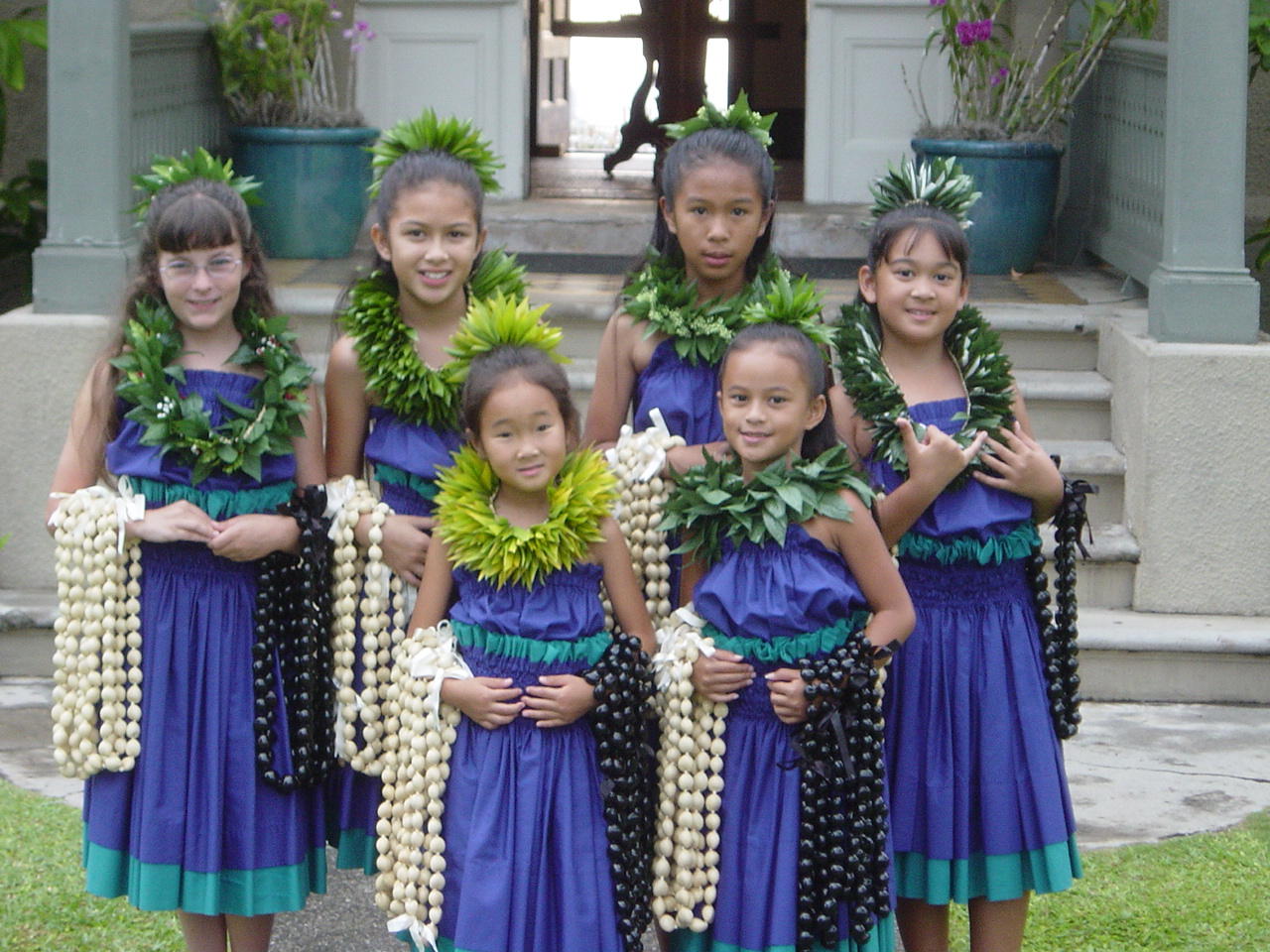The Bowl of the Perfect Light
The Bowl of Perfect Light … As told by Aunty Betty Jenkins
By Kimo Jenkins, Director, Product Development & Implementation Cultural Guide
Our Hawaiian ancestors had no written language. Therefore all taught knowledge was oral / aural, memory and recall, person to person, story by story. Hawaiian education came in four parts:
- Nana ka maka – observe
- Pa‘a ka waha – silence/thinking
- Ho‘olohe – listen
- Ninau – question
Our ancestors believed then, as we believe now that our children are born with a Bowl of Perfect Light, a gifted beacon of wisdom that teaches respect and love, not only for their light but all things that promise aloha, strength and understanding. If the child was taught to respect and love his or her light, the child would grow in strength and health and could swim with the sharks, fly with the birds, and know and understand all things.
If, however, the child got into pilikia, trouble, with negative thoughts of fear, worry, doubt, judgment, anger, resentment, envy, or jealousy, he or she would drop a stone into the Bowl of Light, and then some of the light would go out because light and stone cannot occupy the same space.
If the child continued to get stones in the bowl, the light would eventually go out, and the child would become a stone. Just like a stone, the child would no longer grow, nor was he or she capable of movement. However, as soon as the child tired of being a stone, all that was needed was to kalana – forgive this aspect of himself or herself, and turn the bowl upside down to let the stones fall out. All the light could then shine again and grow even brighter than before.
This was the way the ancient Hawaiian kūpuna, grandparents and elders, took care of their mo‘opuna, grandchildren. They would give them a bowl each morning, and at the end of the day they would call their grandchildren to their sides and look at how many stones were in their bowls. If it had been a good day, just one or two stones in a bowl, the child was told to simply turn the bowl over. Yet if the bowl was filled with stones, then in addition to turning the bowl over, the child would be told to go into the ocean and wash away all thoughts from the day.
You can apply some strategies from the Bowl of Light concept in order to improve your life. First, select a bowl that will represent your Perfect Light. Next, choose some stones – these will represent the thoughts, feelings, and behaviors you know are negative. Experiment for one day: live in the moment, and become conscious of your thoughts, feelings, and communication with your friends, family, coworkers, customers, and so forth.
Now you can kalana – forgive the individuals who hurt your feelings and then forgive yourself for your reaction. Last, dump the bowl over, and let the stones pour out. If you find that one-day experience was beneficial, notice and observe how your reactions and behaviors change after using the bowl and stones for 30 days. You might even choose to log or journal each day and celebrate your little victories as you master and let go and surrender to seeing or hearing differently a situation that in the past would have given you a stone in your bowl.
There are many days we all find that we need to change, to make a better choice in the moment – so pick up your bowl, turn it upside down, and let the stones roll out. Start over again so the Perfect Light that we all are can shine even brighter.

